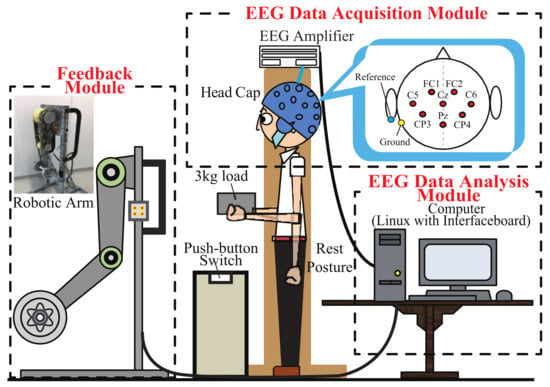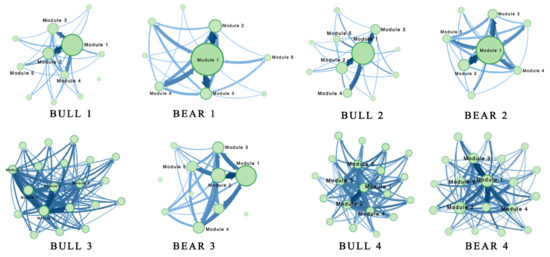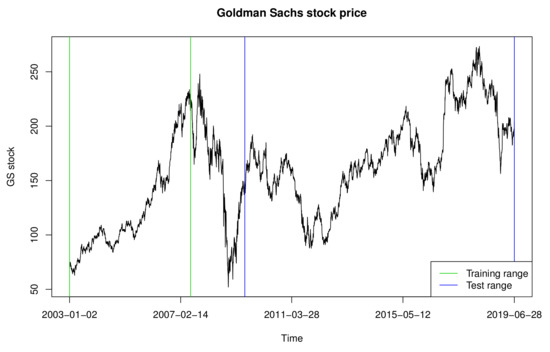Entropy 2021, 23(4), 447; https://doi.org/10.3390/e23040447 - 10 Apr 2021
Cited by 2 | Viewed by 2375
Abstract
Background and aim: Mental stress represents a pivotal factor in cardiovascular diseases. The mechanism by which stress produces its deleterious ischemic effects is still under study but some of the most explored pathways are inflammation, endothelial function and balancing of the thrombotic state.
[...] Read more.
Background and aim: Mental stress represents a pivotal factor in cardiovascular diseases. The mechanism by which stress produces its deleterious ischemic effects is still under study but some of the most explored pathways are inflammation, endothelial function and balancing of the thrombotic state. In this scenario, von Willebrand factor (vWF) is a plasma glycoprotein best known for its crucial hemostatic role, also acting as key regulatory element of inflammation, being released by the activated vascular endothelium. Antistress techniques seem to be able to slow down inflammation. As we have recently verified how the practice of the Relaxation Response (RR), which counteracts psychological stress, causes favorable changes in some inflammatory genes’ expressions, neurotransmitters, hormones, cytokines and inflammatory circulating microRNAs with coronary endothelial function improvement, we aimed to verify a possible change even in serum levels of vWF. Experimental procedure: We measured vWF multimers and the total protein carbonyl contents in the sera of 90 patients with ischemic heart disease (and 30 healthy controls) immediately before and after an RR session, three times (baseline, 6 months, 12 months), during a one-year follow-up study. Results: According to our data, large vWF multimers decrease during the RR, as does the plasma total carbonyl content. Conclusion: vWF levels seem to vary rapidly between anti-inflammatory and antithrombotic behaviors dependent on psychological activity, leading to relaxation and also possibly changes in its quaternary structure.
Full article
(This article belongs to the Section Entropy and Biology)
►
Show Figures












